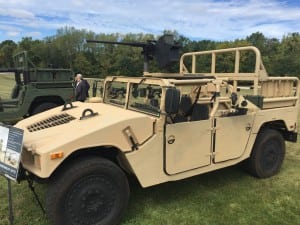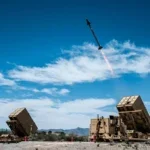
SOUTH BEND, Ind. – Arrayed in a semicircle in the infield of AM General’s 300-acre test track here is the future of the Humvee, of which there are more than 250,000 in service worldwide.Assumed to have been overburdened with armor and gear during combat in Iraq and Afghanistan, the Humvee was never intended to serve as a heavy troop transport. It’s initial operational advantage was off-road mobility.The six vehicles on display here on what used to be a private hunting…

 By
By 











